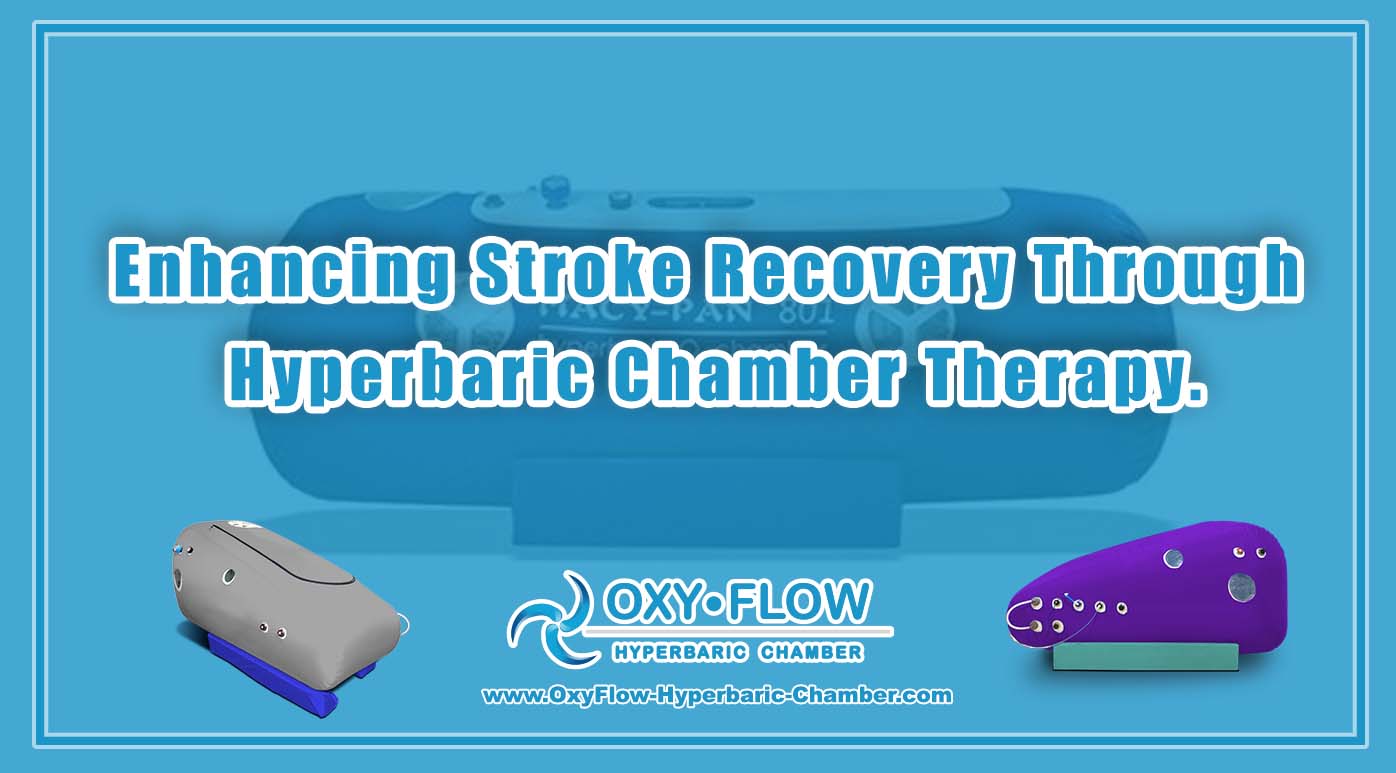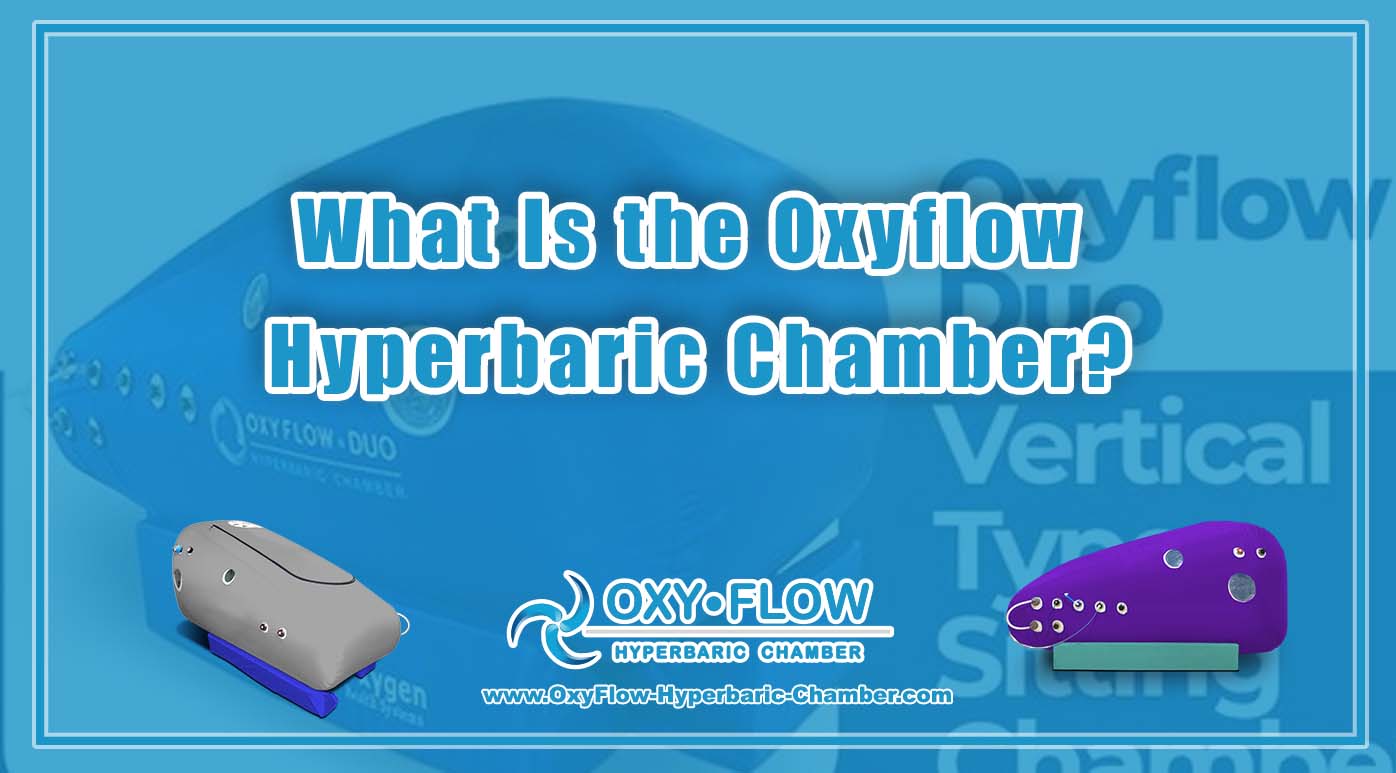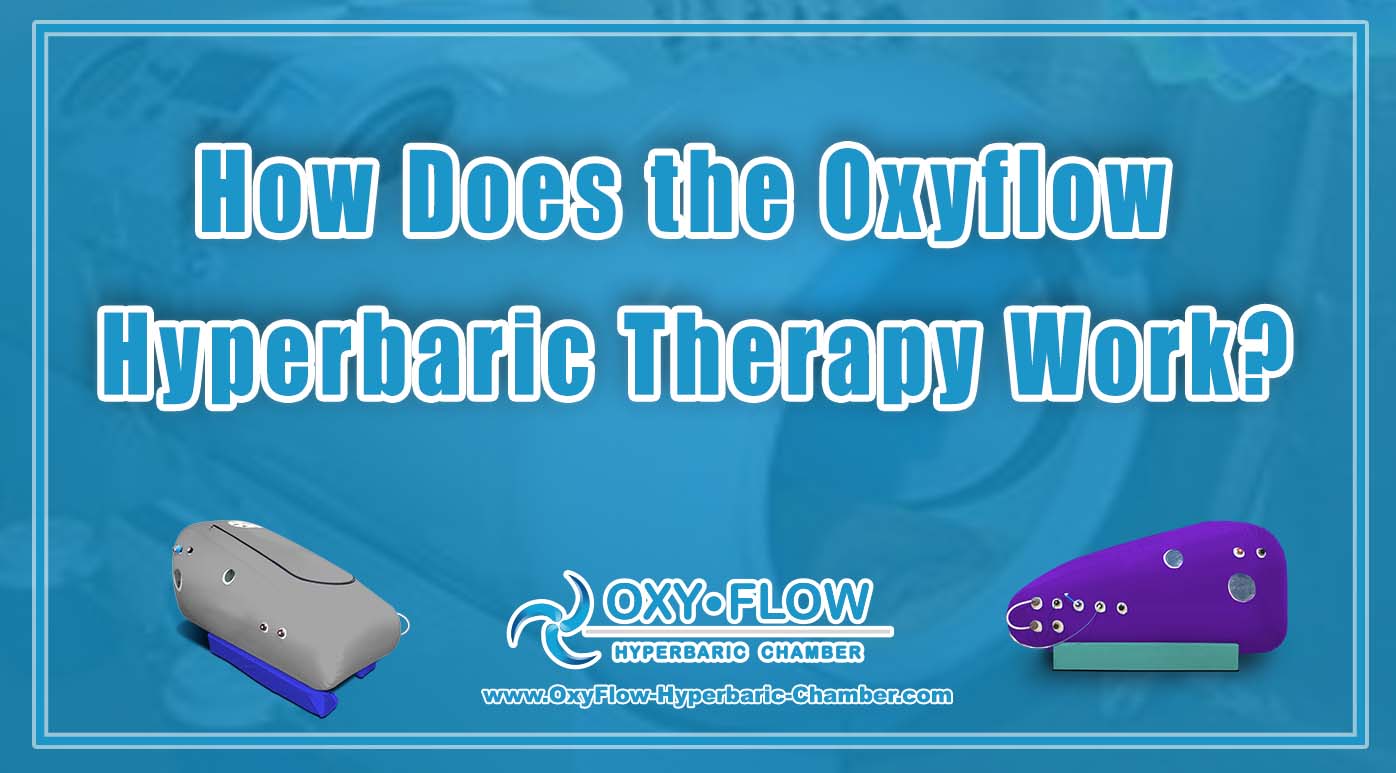
Enhancing Stroke Recovery Through Hyperbaric Chamber Therapy.
Enhancing Stroke Recovery Through Hyperbaric Chamber Therapy.

Introduction
Stroke is a leading cause of disability worldwide, affecting millions of individuals each year. The road to recovery after a stroke can be challenging and often requires a comprehensive approach to rehabilitation. In recent years, hyperbaric chamber therapy has emerged as a potential treatment option for enhancing stroke recovery.
Understanding Stroke and its Effects
A stroke occurs when there is a disruption in blood flow to the brain, either due to a blockage or a rupture of a blood vessel. This interruption deprives the brain of oxygen and essential nutrients, leading to the death of brain cells within minutes.
The effects of a stroke can vary widely and may include paralysis, speech difficulties, cognitive impairment, and emotional changes. Stroke survivors often face challenges in regaining lost functions and may require ongoing rehabilitation to recover as much function as possible.
The Role of Hyperbaric Chamber Therapy in Stroke Recovery
Hyperbaric chamber therapy involves exposing patients to high levels of oxygen in a pressurized chamber. In the context of stroke recovery, hyperbaric chamber therapy has shown promise in improving outcomes and accelerating the rehabilitation process.
How Hyperbaric Chamber Therapy Works
During hyperbaric chamber therapy, patients breathe in pure oxygen while inside a pressurized chamber. The increased pressure helps oxygen dissolve more efficiently in the bloodstream and reach tissues that are damaged due to stroke. This enhanced oxygen delivery can stimulate the growth of new blood vessels, reduce inflammation, and promote the healing of damaged brain tissue.
Benefits of Hyperbaric Chamber Therapy for Stroke Recovery
- Improved Oxygen Delivery : By increasing the oxygen levels in the body, hyperbaric chamber therapy can support the recovery of brain tissue that has been damaged by a stroke.
- Neuroplasticity Enhancement : Hyperbaric chamber therapy has been shown to promote neuroplasticity – the brain’s ability to reorganize and form new neural connections. This can aid in the rewiring of the brain after a stroke and support recovery of lost functions.
- Reduced Inflammation : Inflammation plays a role in the progression of tissue damage following a stroke. Hyperbaric chamber therapy can help reduce inflammation and create an environment that is conducive to healing.
Integrating Hyperbaric Chamber Therapy into Stroke Rehabilitation Programs
Incorporating hyperbaric chamber therapy into a stroke rehabilitation program can provide a holistic approach to recovery and enhance the effectiveness of traditional therapies. Stroke survivors undergoing hyperbaric chamber therapy may experience benefits such as improved motor function, speech recovery, cognitive abilities, and overall well-being.
Considerations for Hyperbaric Chamber Therapy in Stroke Recovery
- Patient Selection : Not all stroke survivors may be suitable candidates for hyperbaric chamber therapy. A thorough assessment by healthcare professionals is essential to determine the appropriateness of this treatment option.
- Timing of Treatment : The timing of hyperbaric chamber therapy to a stroke event can impact its effectiveness.
Conclusion
Hyperbaric chamber therapy holds promise as a complementary treatment option for enhancing stroke recovery. By facilitating increased oxygen delivery, promoting neuroplasticity, reducing inflammation, and improving rehabilitation outcomes, this therapy can play a valuable role in the rehabilitation journey of stroke survivors. As research in this field continues to evolve, hyperbaric chamber therapy may become.


